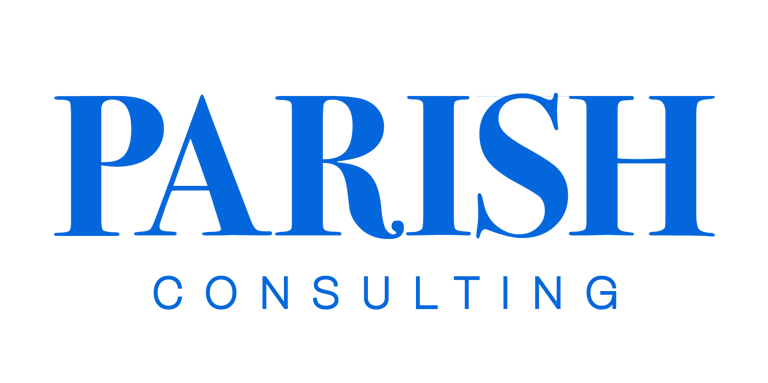Bringing Management In House
Lessons learned from bringing management in house.
Mindy Parish
5/1/20252 min read


Lessons From Bringing Management In-House
Earlier this year, I stepped into a project that would test every tool in my toolkit. My client made the decision to bring management in-house after years of outsourcing—and with that came the opportunity (and challenge) to build structure, accountability, and strategy from the ground up.
On paper, the transition seemed straightforward. But anyone who has ever untangled legacy systems, unclear processes, and misaligned incentives knows better. What we really stepped into was an opportunity to reset, rebuild, and reimagine operations with intention.
Why Bring Management In-House?
For this client, the answer came down to control. They wanted to:
Improve visibility into daily operations
Align the management approach with long-term investment goals
Tighten financial oversight and reporting
But none of those goals are achievable without strong people, clear processes, and the right tools.
3 Revenue Leaks I Plug Fast
Over the years, I’ve learned to look for a few telltale signs of missed revenue and inefficiency. Within the first 30 days, here’s where we found—and fixed—leaks:
1. Rent Roll & Monthly Charges Audit: One of the first things we tackled was a full audit of monthly charges across all communities. That review quickly surfaced several discrepancies—from missed rent increases to incorrect trash service fees—that were quietly chipping away at revenue.
Result: By identifying and correcting underbilling issues, we were able to immediately improve income consistency without increasing rates.
2. Utility Billing Pass-Through: We discovered issues with the existing submeters that were impacting accuracy. We put a plan in place to replace them and contracted with a reputable utility billing company to ensure residents are charged appropriate rates based on actual usage.
Result: Captured revenue with more accurate billing while maintaining fairness and transparency.
3. Inventory & Vendor Controls: We reviewed vendor contracts, cut unnecessary services, and implemented a bulk purchasing program. Then we built a simple system to track inventory and reduce over-ordering.
Result: Lower operating expenses and tighter control of supplies.
Systems That Scale
We rolled out a property management software platform to handle leasing, maintenance, communications, and reporting. Then we put a plan in place to train the team not just on how to use the system—but why each step mattered.
This wasn’t just a software install. It was a full reset of workflows, expectations, and communication habits.
It’s Not Just Process—It’s People
One of the most rewarding parts of this project has been watching the team grow. With the right support and expectations, people stepped up. They asked questions, brought ideas, and started to see themselves as part of a bigger mission.
Sometimes, the best thing you can do for a team is give them a system they can trust—and then get out of their way.
What’s Next
We’re just getting started. But the foundation is strong.
Every in-house transition comes with growing pains, but it also brings a chance to build something better—more aligned, more responsive, and more profitable.
If you’ve been thinking about bringing management in-house—or want to know if your current operations are leaving money on the table—let’s talk.
Because even in just 30 to 60 days, the right people, process, and tools can completely change the trajectory of a community.
Copyright © 2024. All rights reserved.
